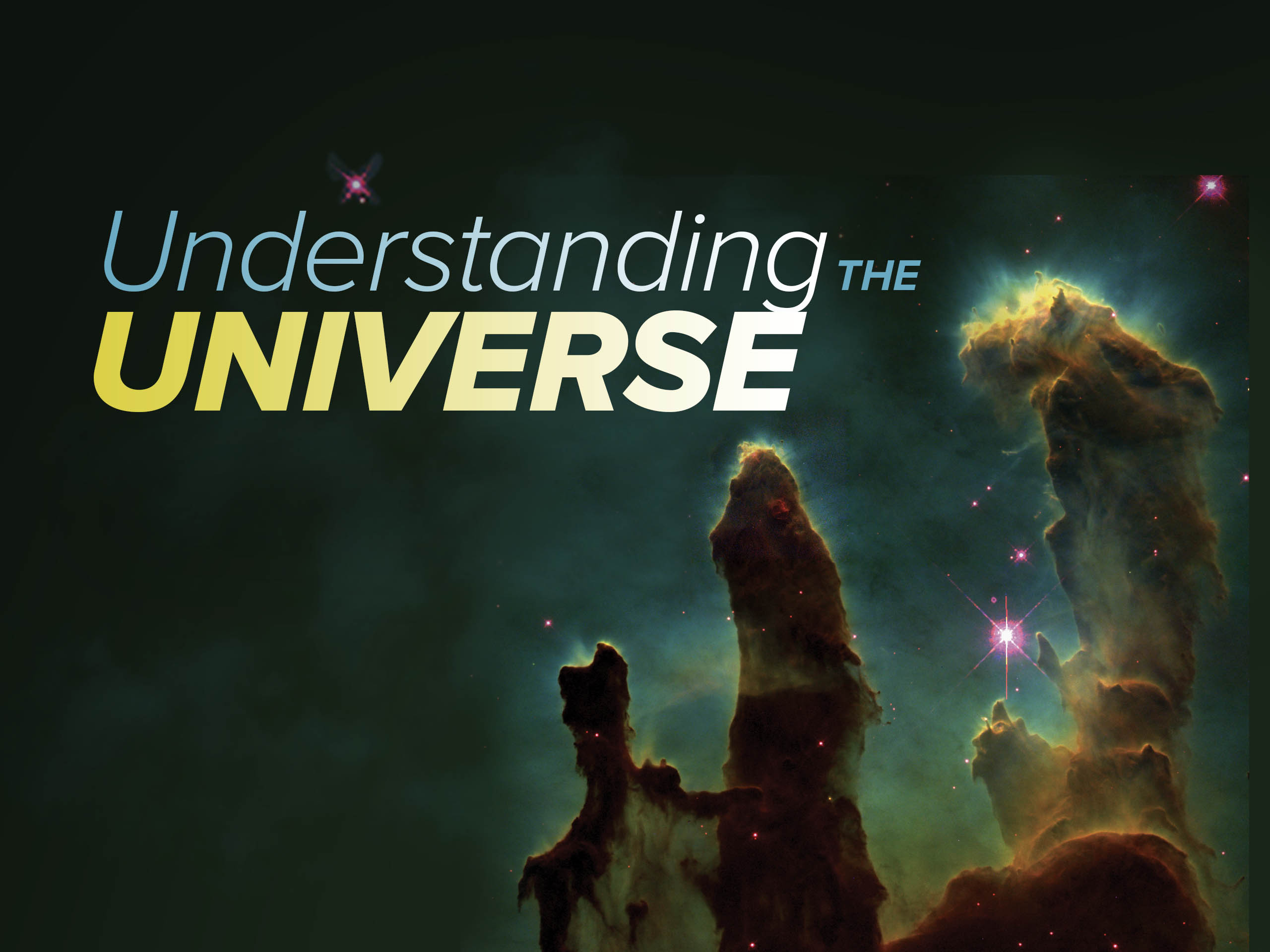Introduction to Extreme Stars

Welcome to the fascinating world of extreme stars! These celestial giants are not just your average twinkling lights; they push the boundaries of what we know about the universe. From their massive sizes to their intense energy output, extreme stars are a key to understanding cosmic phenomena. In this post, we’ll dive into what makes these stars so unique and how you can explore them further through an exciting video. So, buckle up and let's journey into the stars!
Also Read This: How to Make Puri at Home: Step-by-Step Guide on Dailymotion
What Defines an Extreme Star?

When we talk about extreme stars, we’re referring to those that exhibit extraordinary characteristics, setting them apart from regular stars. These can include factors such as mass, luminosity, and temperature. Let's break these down:
- Mass: Extreme stars can be incredibly massive. Think of stars like UY Scuti or VY Canis Majoris, which are among the largest known stars in terms of volume. Some of these celestial bodies can be over 1,000 times the size of our Sun!
- Luminosity: Luminosity refers to how much light a star emits. Extreme stars can shine thousands to millions of times brighter than our Sun. For example, Eta Carinae is one such star, radiating immense energy that can be observed across vast distances.
- Temperature: These stars can also reach incredible temperatures. Some can burn as hot as 40,000 degrees Celsius! This high temperature is often found in Wolf-Rayet stars, which shed their outer layers at staggering rates.
Another important aspect to consider is the star's lifecycle. Extreme stars typically have shorter lifespans compared to smaller stars, burning through their fuel quickly. They often end their lives in spectacular supernova explosions, leaving behind neutron stars or black holes. It's a dramatic finish that highlights the intense energy these stars produce during their existence.
To sum it up, extreme stars are defined by their:
| Characteristic | Examples | Notes |
|---|---|---|
| Mass | UY Scuti, VY Canis Majoris | Over 1,000 times the Sun's mass |
| Luminosity | Eta Carinae | Thousands to millions of times brighter than the Sun |
| Temperature | Wolf-Rayet stars | Can reach 40,000 degrees Celsius |
This unique combination of traits makes extreme stars not just fascinating subjects of study but essential to our understanding of the universe's evolution. Their behaviors, lifecycle, and ultimate demise provide insights into the cosmic processes that shape everything around us.
Curious to learn more? Don’t miss our video on extreme stars where we explore these concepts visually and delve into the latest discoveries in stellar astronomy!
Also Read This: Learn to Design Handmade Brooches with Dailymotion Tutorials
3. The Lifecycle of Extreme Stars

Extreme stars are like the rock stars of the universe—big, bright, and, eventually, they fade out in spectacular ways. Understanding their lifecycle helps us appreciate not just their beauty but also their crucial role in the cosmic ecosystem. So, let's break it down!
It all begins with a massive cloud of gas and dust, often referred to as a molecular cloud. When parts of this cloud collapse under their own gravity, they start to form protostars. As the protostar heats up, it begins nuclear fusion in its core, which is where the magic happens. For extreme stars, this fusion process is incredibly vigorous and can lead to:
- Shorter Lifespans: Unlike our Sun, which has a lifespan of about 10 billion years, extreme stars might only last a few million years.
- Faster Fusion: They burn through their fuel at a much quicker rate, often fusing elements heavier than hydrogen and helium, such as carbon and oxygen.
As these stars age, they enter the main sequence phase, where they spend most of their life. For extreme stars, this period is characterized by immense luminosity and high temperatures, sometimes reaching millions of degrees. But as they exhaust their nuclear fuel, they undergo dramatic changes.
The next stage typically involves a rapid expansion and cooling, transforming them into red supergiants. This is when things become really interesting! As they swell, they start to shed their outer layers, leading to the formation of stunning nebulae filled with glowing gas and dust, enriching the interstellar medium with elements essential for new star and planet formation.
Finally, their lifecycle culminates in a supernova explosion—an event so powerful it can outshine entire galaxies for a brief period. What remains can be one of two things:
- Neutron Stars: If the core is up to about 3 solar masses, it collapses into a neutron star, incredibly dense and magnetic.
- Black Holes: If the core exceeds that limit, it collapses into a black hole, where gravity is so strong that not even light can escape.
Understanding the lifecycle of extreme stars not only fascinates us but also demonstrates their vital role in the universe's continuous cycle of creation and destruction.
Also Read This: How to Rip Videos from Dailymotion for Offline Use Legally
4. Famous Extreme Stars in the Universe
When it comes to extreme stars, a few names rise to the top, much like rock legends in the music world. Let's explore some of these stellar giants that have captured the imaginations of astronomers and stargazers alike.
1. Betelgeuse: This red supergiant in the constellation Orion is probably the most famous extreme star. With a radius nearly 1,000 times that of our Sun, it's on the brink of a supernova explosion. Betelgeuse is not just massive; it's also one of the brightest stars in the night sky, making it an easy target for amateur astronomers.
2. VY Canis Majoris: Once considered the largest star known, VY Canis Majoris is a colossal red hypergiant star located in the constellation Canis Major. It has a radius over 1,500 times that of the Sun and is an excellent example of the extremes of stellar evolution.
3. Eta Carinae: This binary system contains one of the most massive stars known, Eta Carinae A. It's surrounded by a nebula and is a bright beacon in the Carina constellation. Its unpredictable behavior includes massive outbursts that have caused it to brighten significantly at times.
4. Pistol Star: Located in the Galactic Center, the Pistol Star is a massive blue hypergiant. Its luminosity is about 1 million times that of our Sun! Interestingly, it’s located near the Pistol Nebula, a stunning region of star formation.
5. WR 102: This Wolf-Rayet star is a favorite among astronomers due to its incredible mass loss through strong stellar winds. It's often cited as a significant precursor to supernova events, making it essential in understanding the lifecycle of massive stars.
These extreme stars not only fascinate scientists but also serve as critical elements in the universe's larger narrative. They remind us of the grandeur and mystery of the cosmos, beckoning us to explore the skies and ponder our place within them.
Also Read This: How to Change PTCL Password: A Simple Guide
5. How Extreme Stars Influence the Universe
Extreme stars are like the rock stars of the universe! Their lives are short, intense, and they leave a lasting impact on the cosmos. These massive celestial bodies, often more than eight times the mass of our Sun, have some fascinating ways of influencing their surroundings.
One of the most significant influences extreme stars have is through their explosive deaths, known as supernovae. When these stars exhaust their nuclear fuel, they can no longer support their own weight, and BOOM! They explode, releasing an incredible amount of energy—enough to outshine entire galaxies for a brief period. This isn’t just a spectacular light show; it plays a crucial role in the cosmic ecosystem.
So, why does it matter? Here are a few key points:
- Element Creation: During their lifecycle and especially in supernova explosions, extreme stars forge heavy elements like gold, silver, and uranium. These elements are spread throughout space and eventually become part of new stars, planets, and even life forms!
- Impact on Star Formation: The energy released during a supernova can trigger the formation of new stars by compressing nearby gas and dust. It’s like they’re saying, “Hey, it’s time for some new stars to shine!”
- Galactic Structure: The shockwaves from supernovae can influence the dynamics of galaxies, affecting how they evolve over millions of years. They help to shape the structure we see in the universe today.
Extreme stars aren't just powerful individuals; they are pivotal players in the cosmic drama. Their influence extends far beyond their immediate vicinity, leaving a legacy that shapes the universe for eons!
6. Where to Watch the Documentary on Extreme Stars
If you’re intrigued by the fascinating world of extreme stars and are eager to dive deeper, there’s an exciting documentary that you won’t want to miss! The film, titled "Extreme Stars: The Universe's Powerhouses," takes you on a stellar journey through the life cycles of these magnificent giants and their incredible effects on the universe.
Here are some great platforms where you can find this documentary:
- Netflix: Known for its vast library of documentaries, Netflix often features space-related content. Check their science section for the latest offerings.
- Amazon Prime Video: This platform frequently has a variety of documentaries available for rent or purchase. Just search for "Extreme Stars" to locate it.
- YouTube: Keep an eye out for official channels like NASA or National Geographic that may release segments or full versions of documentaries on extreme stars.
Make sure to grab some popcorn and a comfy blanket because this is one cosmic adventure you’ll want to watch! As you explore the universe through this documentary, you’ll gain a deeper appreciation for the extreme stars that light up our night sky and their critical role in the grand scheme of things.
 admin
admin








